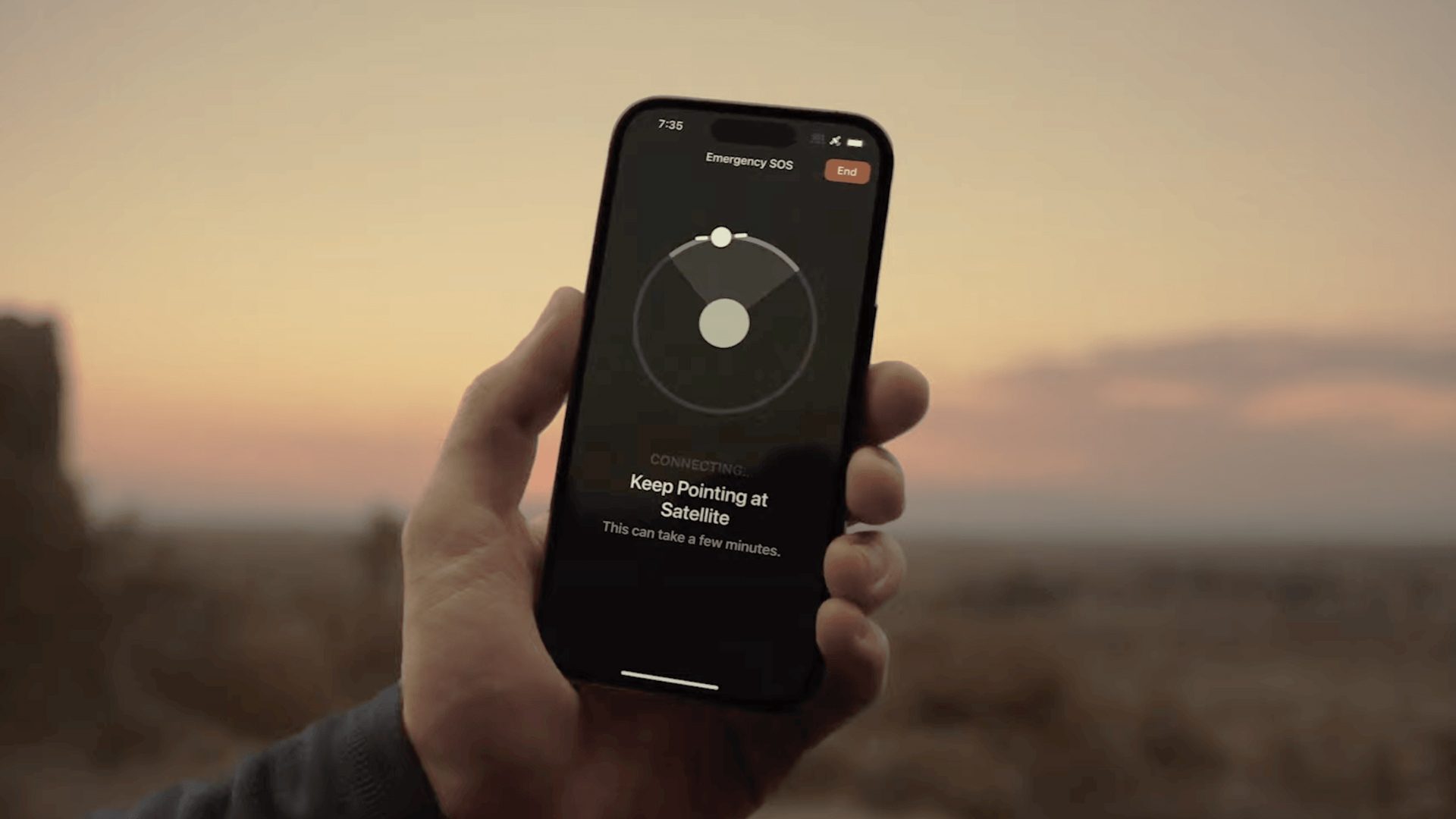How to demo Emergency SOS via satellite on your iPhone right now
Call for help, but not for real

Emergency SOS via satellite, the iPhone 14 feature that lets the phone connect to satellites for emergency services, has finally gone live, fulfilling Apple’s launch promise. The service is available first in the US and Canada, and users can try a demo of the service on their iPhone without actually engaging a costly rescue.
If you’d like to try a demonstration of the Emergency SOS service for yourself, your iPhone 14 family device can show you how it works. Go to your Settings, then scroll down to the Emergency SOS menu.
At the bottom of this menu, you should see the “Emergency SOS via Satellite” paragraph. You can click the “Try Demo” link to start the demo process. For the demo, the iPhone will actually shut down your cellular service as it searches the sky for an available satellite.
Here's what happens when you need it
Our Editor-in-Chief Lance Ulanoff got outdoors and tried the Emergency SOS via satellite as it went live. From our New York City skyscraper offices we could not get a clear view of the satellite, which is fine because we don’t need it. The Emergency SOS feature is really only preferable when you have no cell service available. Apple says that if you can make a voice call or connect to a data network, you should do that instead.
The Emergency SOS service is very slow, taking up to a minute or more to send a text message to space. It relies on prewritten scripts that help you report your emergency in a hurry without needing to send too much data.

The first question will ask what sort of emergency you’re having, offering you a choice between a vehicle issue, sickness or injury, a fire, or being lost or trapped. If you choose a vehicle issue, for instance, it will ask you further questions about how many people were involved, the current environment, and anything that will help rescuers prepare to save you.
While you are handling the communication, the iPhone will track the satellite and give you guidance about where to face. It will tell you to turn left or right if it needs a better signal or to find a new satellite.
Sign up for breaking news, reviews, opinion, top tech deals, and more.
Your emergency broadcast will be sent through Apple’s own service, and Apple can talk to emergency providers whether or not they are capable of receiving text messages and the digital information the iPhone provides. Apple is acting as an intermediary, it isn’t just making a direct connection between your phone and emergency providers.
That satellite is very, very far away
If you thought your iPhone was already talking to a satellite every time you make a call, you’re quite a few miles off. Your average cell phone tower is at most a few miles away. The theoretical maximum for cell reception is around 45 miles, but in truth carriers place towers to make sure you have access to a few within miles of wherever you are.
The satellite used by the iPhone for Emergency SOS is 850 miles above the earth. It’s a tiny target in space, which is why the iPhone helps you aim at the proper location in the sky and follow the path of the satellite through the duration of your session.

Of note, Apple says that all of the data sent during an Emergency SOS session is fully encrypted on both ends. Even if you use Emergency SOS to update the Find My feature on your devices with your current location, the location data is kept private.
For at least the first two years, Apple says the service will be free to owners with an eligible device, including the iPhone 14 Pro, iPhone 14 Plus, and the iPhone 14 Pro Max. The service is live now in the US, UK, and Canada, as well as France and Germany.

Starting more than 20 years ago at eTown.com. Philip Berne has written for Engadget, The Verge, PC Mag, Digital Trends, Slashgear, TechRadar, AndroidCentral, and was Editor-in-Chief of the sadly-defunct infoSync. Phil holds an entirely useful M.A. in Cultural Theory from Carnegie Mellon University. He sang in numerous college a cappella groups.
Phil did a stint at Samsung Mobile, leading reviews for the PR team and writing crisis communications until he left in 2017. He worked at an Apple Store near Boston, MA, at the height of iPod popularity. Phil is certified in Google AI Essentials. His passion is the democratizing power of mobile technology. Before AI came along he was totally sure the next big thing would be something we wear on our faces.